COP26 and the need for CO2 capture
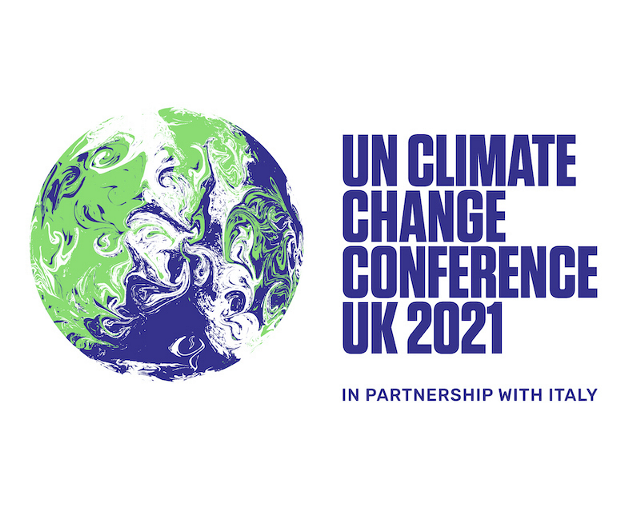
11 November 2021
COP26 is coming to an end and everybody hopes that humanity, divided in different countries, will reach an agreement to go beyond words and put mechanisms into place to limit global warming to 1.5ºC as Paris agreement states.
Limiting global warming, according to what the IPCC explains in its reports, implies reducing greenhouse gas emissions and becoming carbon negative around 2050 by removing from the atmosphere more CO2 than it is emitted.
It does not seem to be an easy task:
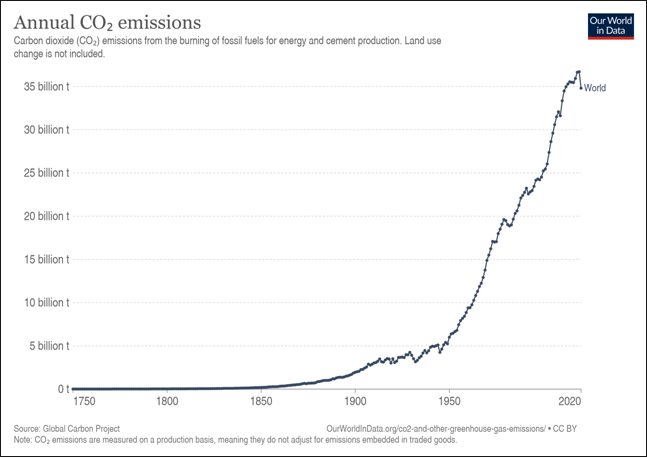
As the graph shows, emissions have undergone a very significant acceleration since 1950, with a drop in 2020 due to the pandemic but with an expected return to previous levels in 2021.
Let’s now look at population (million people, sources Gapminder & UN):
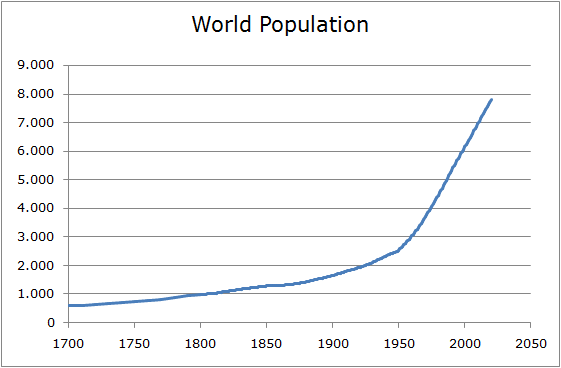
GDP (in 2011 Dollars, sources World Bank & Madison):
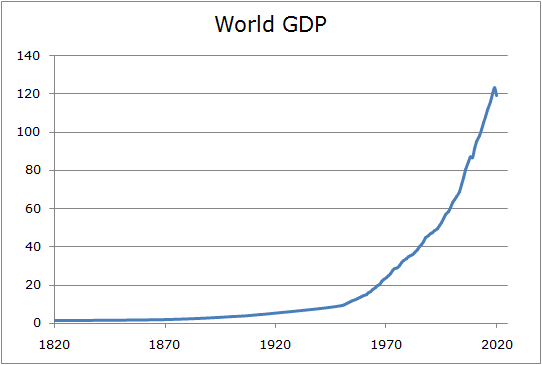
And energy consumption (Source University of Columbia):
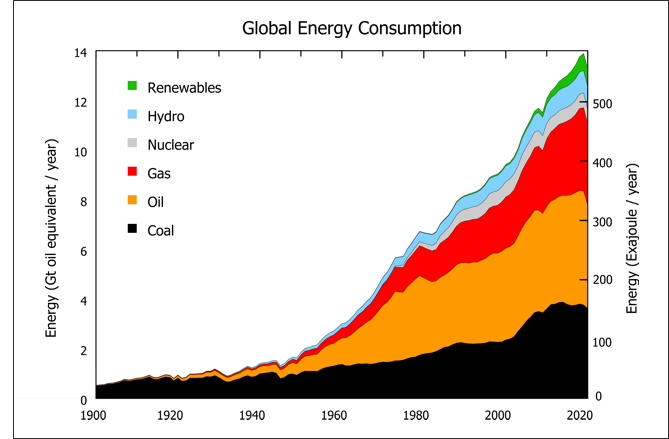
It is clear then that as population has increased so has consumption, all that supported by a larger energy demand mostly met by fossil fuels (80% today) which have been filling the atmosphere with CO2 (and other greenhouse gases).
Moreover as humanity grows it needs more arable land and more cattle. There are therefore additional growing emissions caused by agriculture and livestock, and by deforestation too.
This is the global emissions flowchart in 2016 (source World Resources Institute):

With this data in hand, in order to reduce emissions we need at least to:
1. change our energy sources
2. change how we produce industrial goods
3. have fewer livestock
4. be more energy efficient
All this with a growing population trend, to make it all more difficult.
Without going into considerations about how we should adapt our economic and social model to deal with climate change and about the impossibility of growing indefinitely on a finite planet, we will focus on energy, which generates 70% of global emissions .
While assuming that global energy needs will not decline in the near future, we need to take into account the present alternatives to fossil fuels: nuclear, hydro, and renewables.
Nuclear power main advantage is its supply predictability and stability. But there are big concerns regarding its safety and radioactive waste. Nuclear technology may evolve and overcome these issues, but even then its energy supply share will probably remain low.
Hydro is almost completely exploited. It is a source of geopolitical tensions when reservoirs are located in rivers that cross different countries, and depends on a rainfall regime that is less certain due to climate change.
Renewable energy seems to be the best alternative. The faster it gets deployed, the better. But it has several limitations. Its supply is not stable because the wind does not blow continously and the sun does not always shine. Therefore energy needs to be stored and that reduces overall efficiency. In addition it requires components which are finite and highly geographically concentrated, such as rare earths and cobalt, very unsustainable to mine.
So despite being bad for the climate, humanity will probably be dependent on fossil fuels for a few more years, as long as an unprecedented economic and social collapse is to be avoided.
That is why most countries hardly commit make ambitious, specific and binding emission reductions.
We will therefore have no choice but to capture carbon dioxide. CO2 already emitted and CO2 which we will continue to emit for the next few years. And it will also be necessary to trust human ability to find and control other energy sources such as nuclear fusion.
The longer it takes to deploy massive CO2 removal, the more lasting and profound the effects of climate change will be. Meanwhile our cooperation capacity with the rest of humans and our solidarity with the rest of species will finally set how much harm we do to the planet.












